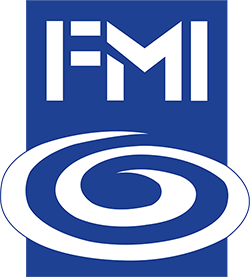Why the Trend to Outsource the Manufacturing of Beauty and Personal Care Products?
Personal care contract manufacturers are playing a significant role due to the rise of the independent brands (indies) in the beauty and personal care space. Many of these independent brands come to the contract manufacturer with a brilliant idea but without the knowledge necessary to manufacture the product on a large scale to turn it into a reality. The number of indies has risen dramatically due to e-commerce sites such as Amazon.com which allow for the setup of virtual businesses on their website. This considerably reduces the cost as a barrier to entry into the marketplace.
The trend for outsourcing manufacturing in the personal care industry is also due to an organization’s shift toward their core competencies such as marketing, sales and innovation (R&D); an improvement in speed to market; the need for contract manufacturers with flexibility and capabilities such as turnkey; and cost savings versus the internal operations.
How do I save money by using a contract manufacturer?
Using a contract manufacturer eliminates the need for the investment in a facility, production equipment and the staff to produce the product. In addition, a contract manufacturer has efficiencies of scale versus a startup operation.
How do contract manufacturers improve my speed to market?
With their experience and expertise, a contract manufacturer can help a brand anticipate and navigate the intricacies of the entire supply chain to avoid the costly delays that can occur.
What do you mean by flexibility?
One of a contract manufacturer’s greatest strengths is flexibility. They have a variety of equipment designed to fill, cap and pack different types of products. In addition, they have a large pool of skilled, flexible employees.
What if I have demand fluctuations?
The business model of a contract manufacturer is built to respond quickly to sudden changes in their customer’s needs. This includes having multiple pieces of flexible equipment that can be re-arranged to “create” additional filling lines and also a standard method to expand operating hours or increase the number of operating shifts. They can also manufacture and fill pilot runs so that you can test the market for new product ideas before deciding to implement full-scale production.
Outsourcing across all industries has been growing by an average of 15% over the past several years. The Foundation for Strategic Sourcing estimates that 56% of marketers outsource at least some of their production and enjoy an average savings of 30% of the fully loaded costs.
